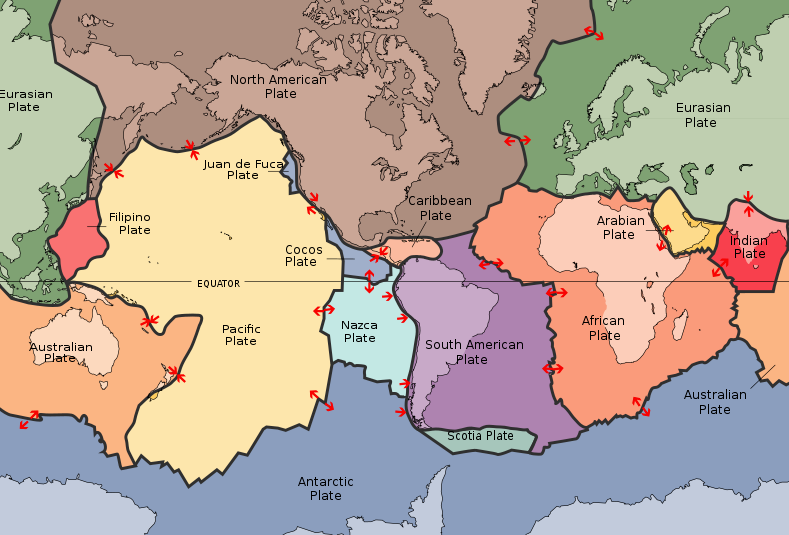In Badakhshan Province, Afghanistan, an earthquake of magnitude 6.5 occurred on 21st March 2023. The earthquake had an intermediate depth of around 187 km (116 mi) and its epicenter was located 40 km (25 mi) south-southeast of Jurm. The Himalayas, which were formed partly by tectonic plates colliding, are known for severe earthquakes.
Afghanistan lies close to the southern limit of the Eurasian Plate, and most of the earthquakes in the region are associated with reverse, thrust, or strike-slip faulting. Earthquakes with magnitudes up to 7.5 have happened in the area with an average time of recurrence of 15 years.
Earthquakes that occur at a depth of 170 to 280 km (110 to 170 mi) are caused by reverse faulting. These earthquakes do not happen at a plate boundary but within the Indian Plate as it descends beneath the Hindu Kush. The Indian Plate stretches and tears as it descends at a nearly vertical angle into the mantle, resulting in a detachment of the tectonic slab.
This detachment causes stress accommodation along faults, leading to earthquakes when ruptured. In addition, smaller earthquakes are observed in the region, particularly linked to north-south trending zones of right lateral strike-slip, such as the Chaman Fault. These earthquakes accommodate the highly oblique convergence between the Indian and the Eurasian Plates with an increasing degree of shortening to the north.
Earthquakes in the Himalayas
Earthquakes in the Himalayas can be extremely powerful and devastating due to the region’s unique geology and proximity to densely populated areas. Some of the notable earthquakes that have occurred in the region include:
- 1934 Bihar-Nepal Earthquake: This magnitude 8.0 earthquake struck on January 15, 1934, causing widespread destruction in both India and Nepal. Approximately 10,700 people lost their lives in the disaster, and many cities and towns were severely damaged.
- 2005 Kashmir Earthquake: On October 8, 2005, a magnitude 7.6 earthquake struck the Pakistan-administered region of Kashmir, as well as parts of India and Afghanistan. The quake killed around 87,000 people and left millions homeless. The disaster led to a massive international humanitarian response.
- 2015 Gorkha Earthquake: This magnitude 7.8 earthquake struck on April 25, 2015, in Nepal, causing significant damage and loss of life. Approximately 9,000 people were killed, and more than 20,000 injured. The disaster also triggered deadly avalanches on Mount Everest and the Langtang Valley, causing further casualties.
Earthquake hazards in the Himalayas continue to be a significant concern, particularly due to the region’s rapidly growing population and urbanization. Efforts to improve seismic monitoring, building codes, and public awareness can help reduce the risks associated with earthquakes in this region. However, given the ongoing tectonic processes, the threat of future large-scale earthquakes remains a constant challenge.

